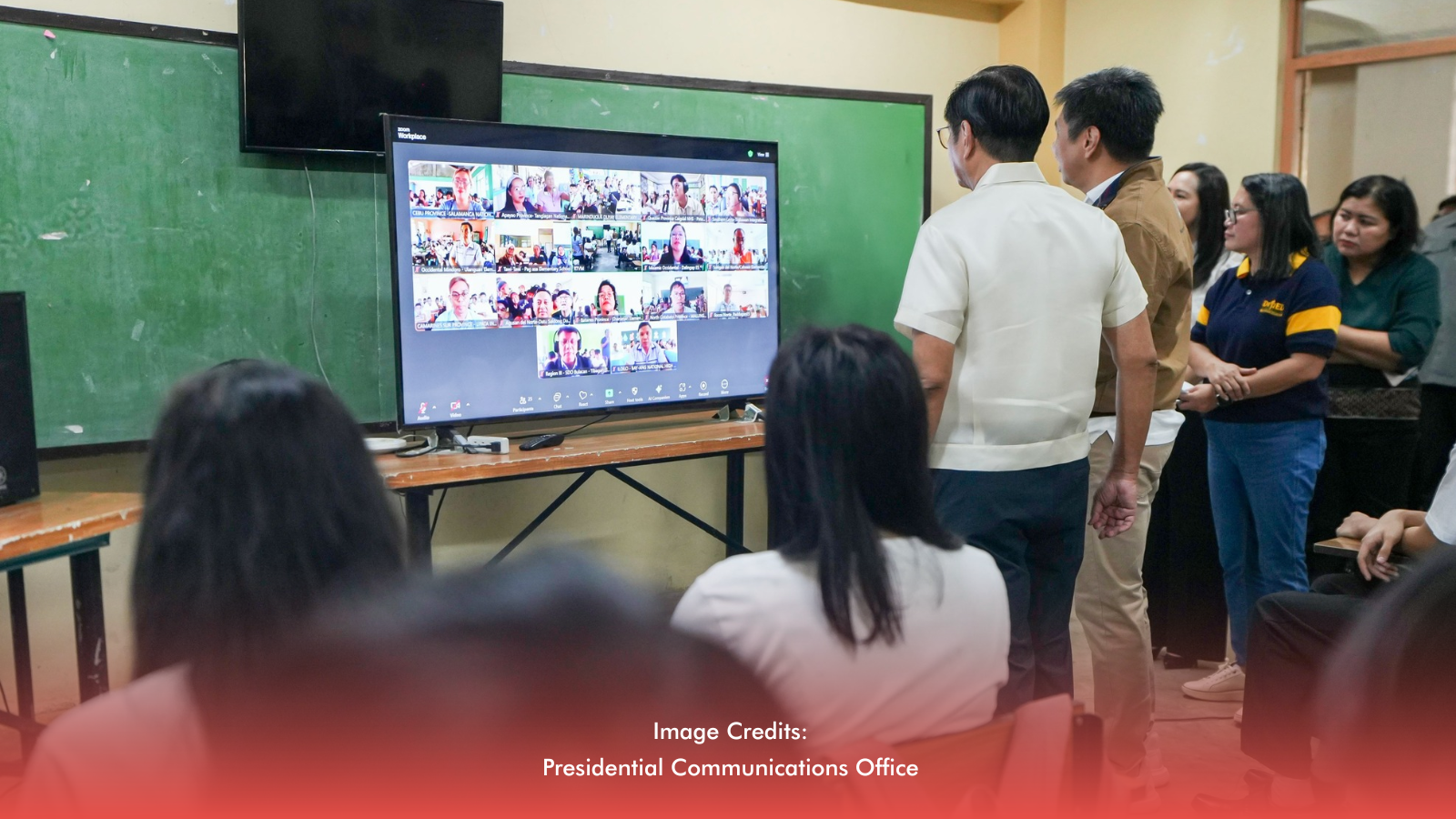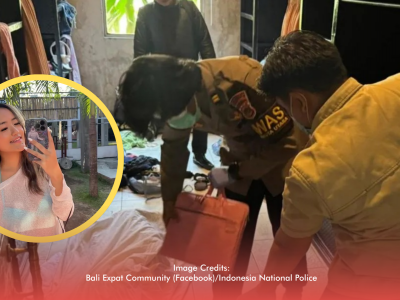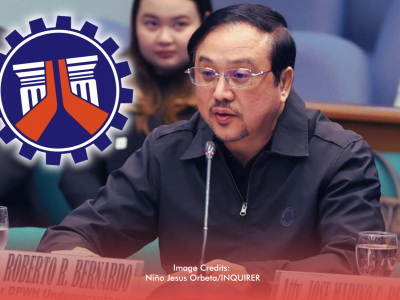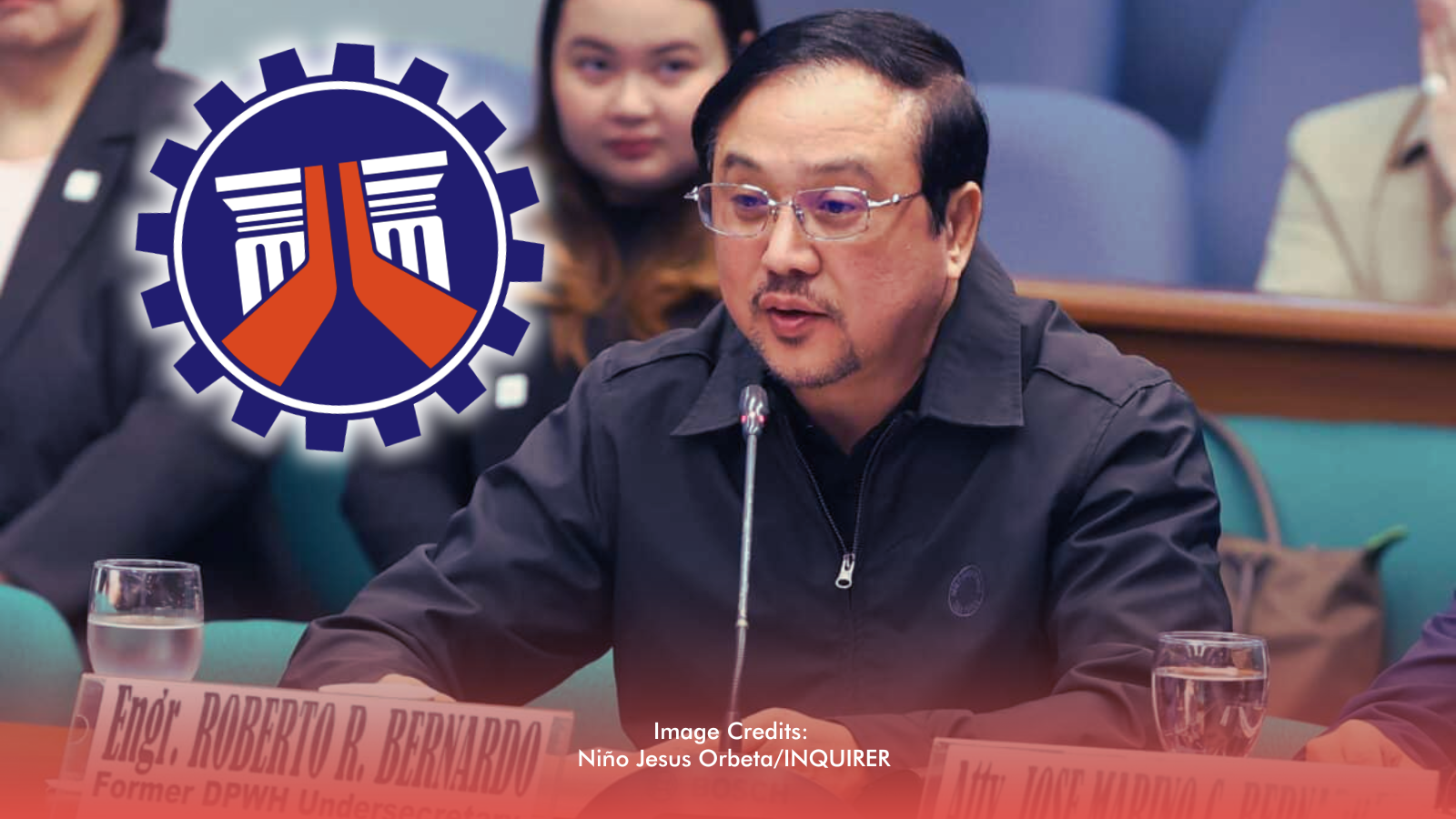President Ferdinand Marcos Jr. announced that all public schools in the Philippines will have free internet access by the end of 2025. The initiative falls under the government’s “Free Wi-Fi for All” program, spearheaded by the Department of Information and Communications Technology (DICT), and aims to improve digital connectivity, especially in remote and underserved areas.
Speaking during a sectoral meeting with the DICT in Malacañang, Marcos emphasized the importance of ensuring that students and teachers across the country are equipped with the digital tools they need. He noted that internet connectivity has become an essential educational resource and that improving access is vital for nationwide progress in education and digital inclusion.
Targeting Last-Mile Schools
DICT Secretary Ivan John Uy reported that the agency is targeting 47,000 public schools across the country for internet installation. Priority will be given to “last-mile” schools—those located in geographically isolated and disadvantaged areas (GIDAs). These schools have traditionally been left behind due to their remote locations and lack of infrastructure.
Uy said that the goal is to complete full connectivity in public schools by the end of 2025, with substantial progress expected before the year ends. He explained that this effort builds on Executive Order No. 32, which streamlines the permitting process for building digital infrastructure, including towers and fiber-optic lines. The order is expected to remove bureaucratic delays that have previously hindered internet expansion.
Progress and Collaboration
As of May 2024, only about 11,000 public schools were connected to free internet. With additional funding and support, the DICT aims to more than quadruple that number over the next 18 months. The agency is also collaborating with the Department of Education (DepEd) and local government units to ensure smooth implementation and sustainable infrastructure development.
President Marcos stressed that this program is not merely about access but about equity. “We must ensure that students, no matter where they live, have equal opportunities to learn and grow,” he said. By the end of 2025, the administration envisions a fully connected public school system, leveling the educational playing field for millions of Filipino students.








